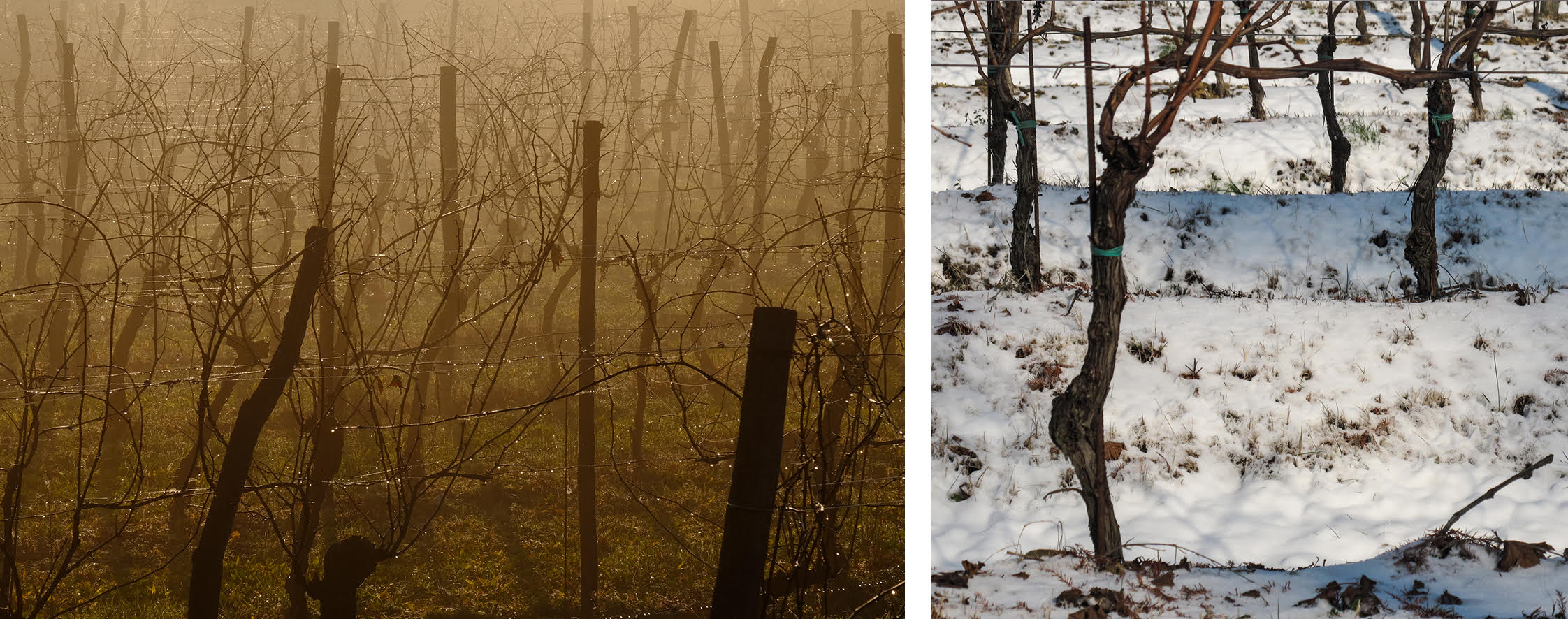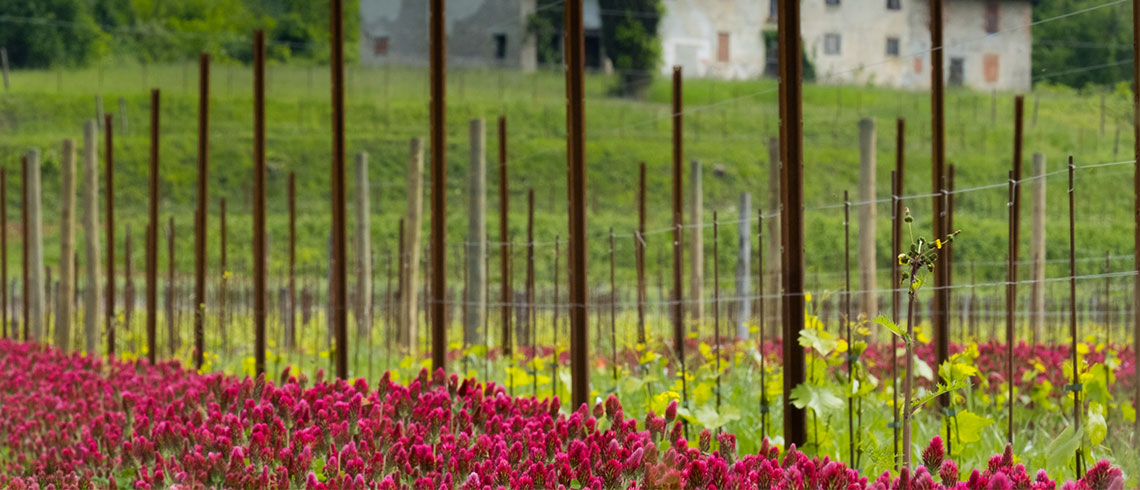The Geographical distribution of the vine
Have you ever wondered why viticulture is present, sometimes even on a huge scale, in some areas rather than others?
If we think from the perspective of quality viticulture and economic yield, the world’s wine-growing regions are located between the 30th and 50th parallels north and south, i.e. in areas with climates that vary from cold and temperate to hot and very hot.
The “terroir” and the uniqueness of the growing year
Obviously, no single parameter results in quality grapes; rather, a series of factors interact and intersect each time in an unrepeatable way, emphasizing the uniqueness of the growing year.
These factors can be summarized in the French term “terroir”, which perfectly expresses the intimate relationship between the suitability of a place for viticulture and the combination of soil, water availability, air circulation, climate, grape variety and human work. The variety to grow is often suggested by tradition; this is the case of Ribolla Gialla, Tocai Friulano (in the Registro Nazionale delle Varietà this is still the name given to the variety that gives the Friulan wine of the same name), Refosco dal Peduncolo Rosso and Schioppettino del Friuli.
Altitude and cultivation of the vine
If we consider the altitude where the vine is grown, this will have to be higher the closer we get to the Equator, the hottest area on Earth. In the Champagne region (latitude 49° north) where the wine of the same name is produced, vines are grown at an elevation of between 140 and 180 metres above sea level. In Chile or Argentina the altitudes are much higher, reaching 600-800 metres, and sometimes over 1000 metres.
Natural protection for the vine
Proximity to the sea or a watercourse, which acts as a regulator of humidity and temperature range, contributes to mitigating the scorching temperatures of many areas, and the diurnal temperature range, i.e. the difference in temperatures between day and night.
High land and forests, on the other hand, provide effective protection from the cold north winds and make viticulture possible even in otherwise unsuitable areas. Thus it happens that Alsace, a region of France protected in the west from the cold Atlantic winds by the Vosges mountain range and in the north-east by the Black Forest, gives wines of great quality.
If we consider the Friuli Venezia Giulia region, the Julian Prealps provide equally precious protection for the vineyards of the Colli Orientali from the gusts of wind coming from the north-east. This is a region where some of the most famous white wines in the world are produced.

Aspect and the vine
In cold climate regions, the right aspect is important to ensure the greatest amount of sunlight, meaning that south-southwest facing plots are preferred. Here, vineyards high in the hills are less sought after than they are in more southern areas. In warm places, on the other hand, such as southern Italy, fruit ripeness is achieved even if the slopes are not facing south.
Late and early ripening
Late-ripening varieties prefer sunny aspects due to their gradual maturation. On the other hand, early varieties are less demanding in terms of vineyard orientation.
How vines adapt to their environment
The vine is a plant that can withstand the most extreme conditions – it is not broken by the strong winds in Vitovska or Terrano in the Carso area, it copes with blazing hot climates such as those of Spain, or the cold in many wine-growing areas such as the Moselle or the Rhine in Germany, or Wachau in Austria.
The great ability of the vine to adapt to different environmental conditions, combined with the constant attention of growers to which variety expresses the highest quality in a given place, has influenced the geographical distribution of the varieties.
Consequently, countries with a prevalently cold climate offer ideal conditions for the production of white wines with lively acidity, and fresh, elegant aromas. A case in point is Riesling in the Rhine Valley.
In areas with a hot-arid climate, more structured wines rich in alcohol and sugar content are obtained, for example the wines of Jerez in southern Spain. These are wines that express their Mediterranean nature, needing and thriving in so much warm light. It is hard to find balance in the wines of these macro areas, but rather contrasts between the components of the fragrant liquid and sharp acidity or visceral warmth.
The temperate zones, which also include northern Italy, produce white and red wines, characterized by structure, elegance and good ageing prospects, in which subtleties can make all the difference.
Global warming: how the vine distribution map is changing!
The rise in global temperature is transforming the geographical map of vine distribution. Great Britain, for example, is increasingly interesting from a viticultural point of view.
For over a decade vines have been planted where the climatic conditions allow the ripening of grapes with good levels of sugar and acidity for the production of sparkling wines.
An example is the area near the Sussex coast. While until not long ago Champagne was the natural border of vine cultivation in Europe, today the limit reaches 50° latitude and even further north.
Follow us on Facebook and Instagram
Maria Cristina Pugnetti
None foundCould it be interesting for you:

